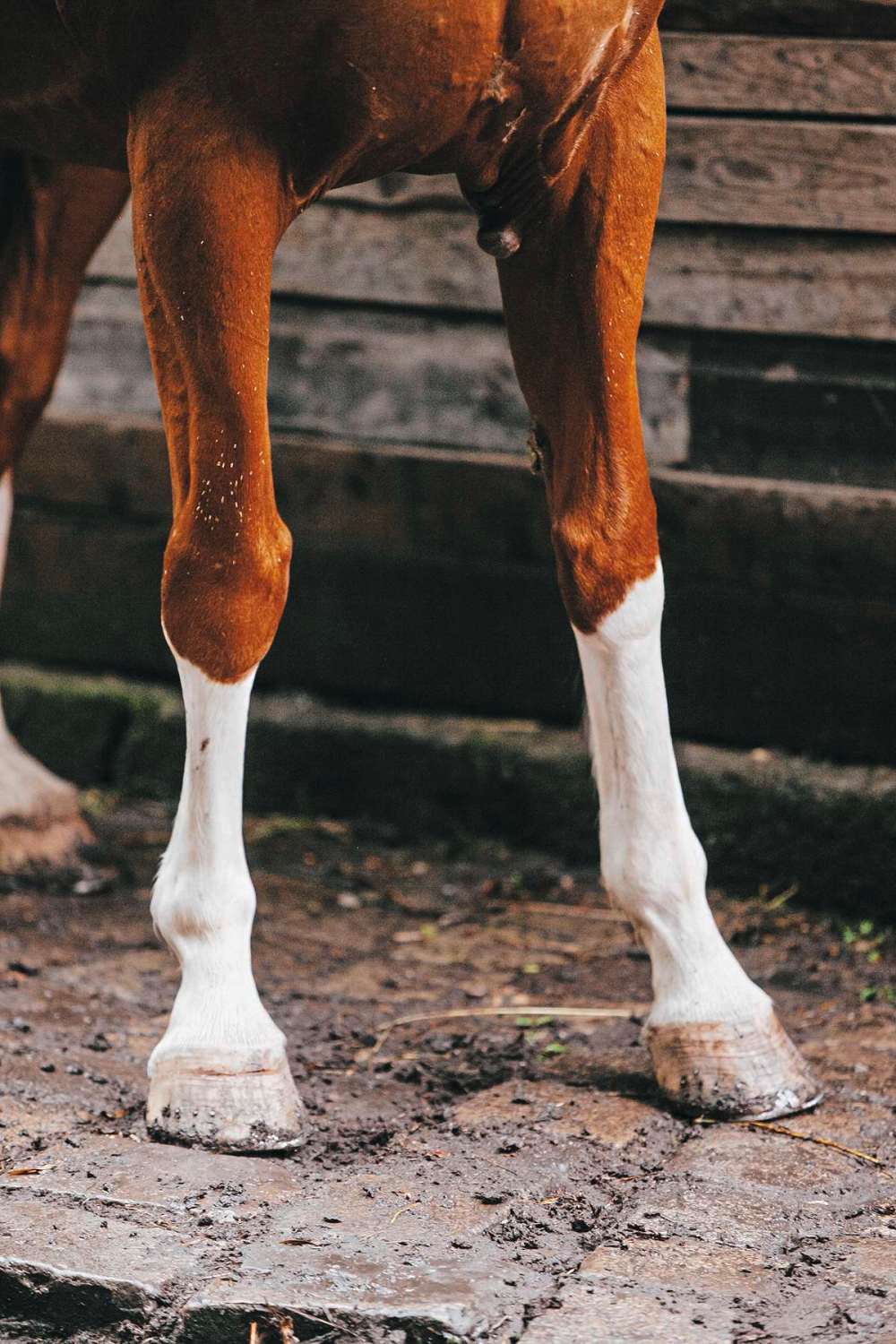The fragile legs of horses
Advertisement
Hey there, time traveller!
This article was published 24/09/2018 (2570 days ago), so information in it may no longer be current.
Horses precariously balance a large amount of weight on four spindly legs and they need to be able to bear weight in each leg to survive and move around to get to food, water, shelter and escape predators. So, when a horse’s leg is injured, the consequences can be serious.
If you compare a horse’s anatomy to that of a human, a horse walks on an extended middle finger with the finger nail representing the horse’s hoof. The lower joints of the limb in the horse are made up of what would be our finger and knuckle joints. A complex series of tendons running down the front and back of the limb allow the flexion and extension of the leg to allow the horse to walk, trot and gallop. The upper parts of the limb function a little bit closer to the way a human limb attaches to the body and are responsible for causing the large tendons and ligaments to flex and extend.
Cuts or injuries to the limb can affect many of these structures and, given their vital importance in the horse’s ability to maintain life, it is good to recognize their significance.

The extensor tendons running down the front of the leg begin near the top of each limb and course down to insert at the front and top of the coffin bone in the foot. Remarkably, injury to these tendons does not result in a significant impediment to walking and horses often recovery fully from injury to the extensor tendons.
Injury to the flexor tendons down the back of the leg is much different. Flexor tendons support the leg and allow the horse to bear weigh. Injuries or cuts to the back of the leg can result in catastrophic problems.
Collateral ligaments support the joints and allow the joints to move only in the direction they are meant to move. Disruption or cuts to the collateral ligament at the joints results in instability of the joint which can lead to dislocation or long-term arthritis and inability to walk.
Injury to the joints directly results in instability of the joint and bacterial infection of the joint. Joint fluid is very rich in nutrients which bacteria love to eat. Since horse joints tend to be close to the ground, contamination is common, and this can result in severe problems ultimately disabling the horse.
If your horse has cut or injured a leg and is not walking properly, there are a myriad of possible issues that should be addressed by your equine veterinarian.
Chris Bell is an equine veterinarian and surgical specialist who operates Elders Equine Veterinary Service, with clinics in Cartier and Winnipeg. See www.eldersequineclinic.com.




